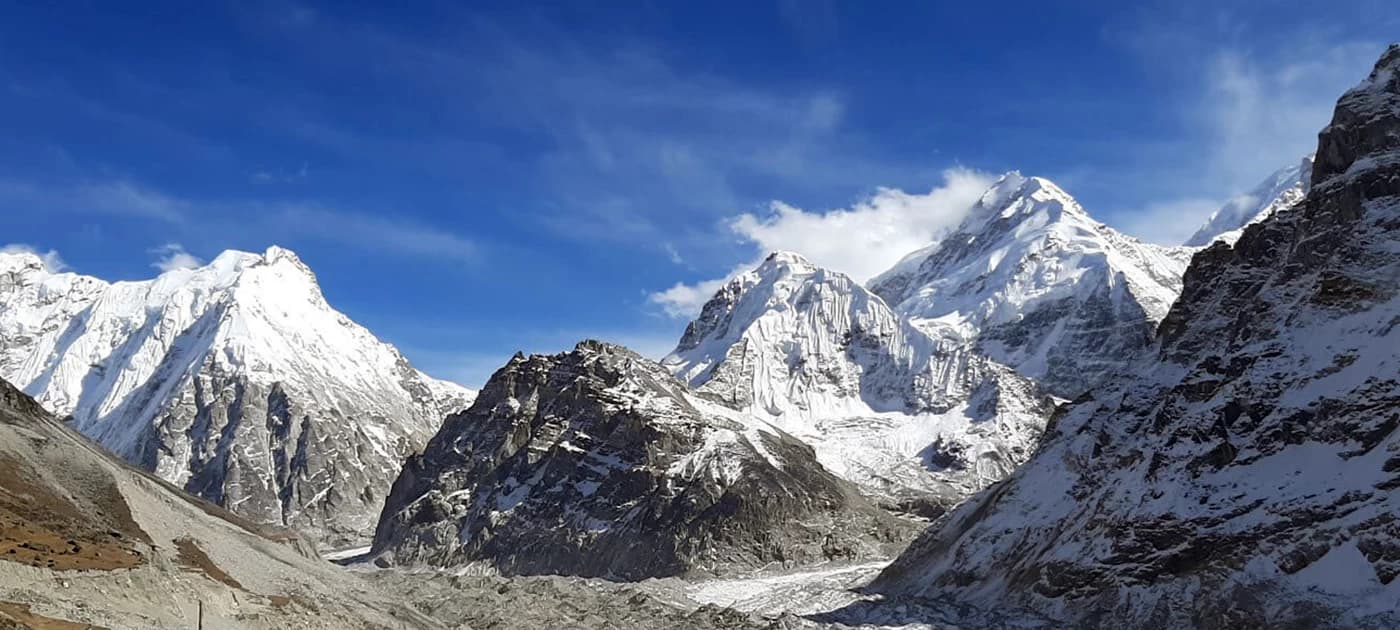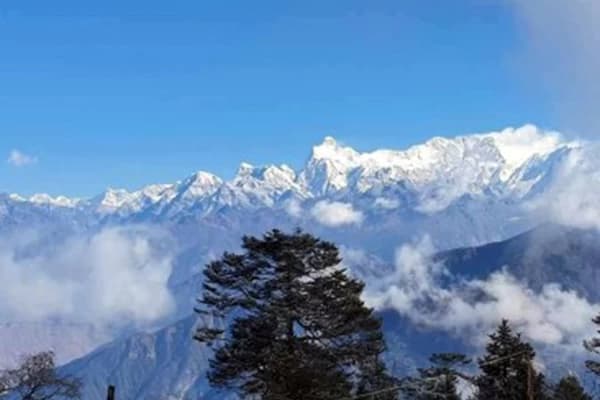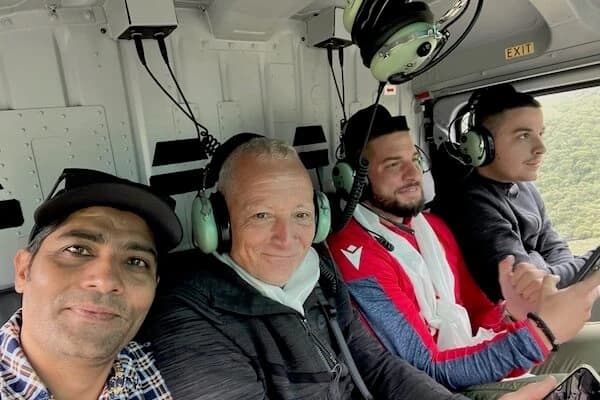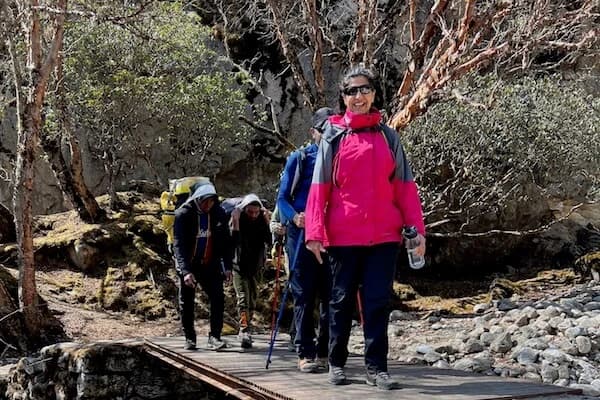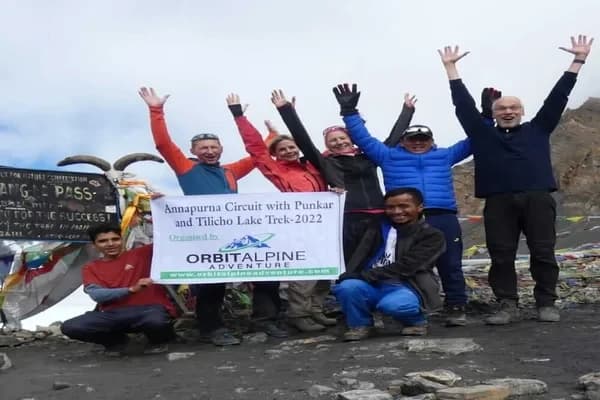One of the most remarkable and inspiring trekking routes in Nepal is The Kanchenjunga Base Camp Trek. The world’s third-highest peak, Kanchenjunga, which stands at a striking 8,586 meters. Situated in the far eastern region of Nepal, this trek is well-known for its remote and original sceneries, various flora and fauna, and rich cultural heritage. Dissimilar to the more famous trekking routes in Nepal, such as Everest and Annapurna, the Kanchenjunga trek remains less spent time, offering trekkers an exclusive and peaceful experience among original natural beauty.
Best Time for Kanchenjunga Base Camp Trek
One of the most remarkable and inspiring trekking routes in Nepal is The Kanchenjunga Base Camp Trek. The world’s third-highest peak, Kanchenjunga, which stands at a striking 8,586 meters. Situated in the far eastern region of Nepal, this trek is well-known for its remote and original sceneries, various flora and fauna, and rich cultural heritage. Dissimilar to the more famous trekking routes in Nepal, such as Everest and Annapurna, the Kanchenjunga trek remains less spent time, offering trekkers an exclusive and peaceful experience among original natural beauty.
Need Help? Call Us+977 9851144521orChat with us on WhatsApp
Latest Travel Blogs
Need Help? Call Us+977 9851144521
